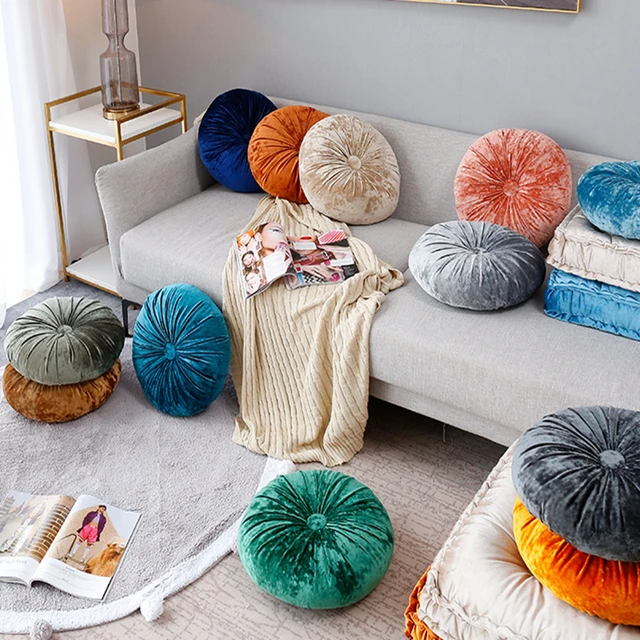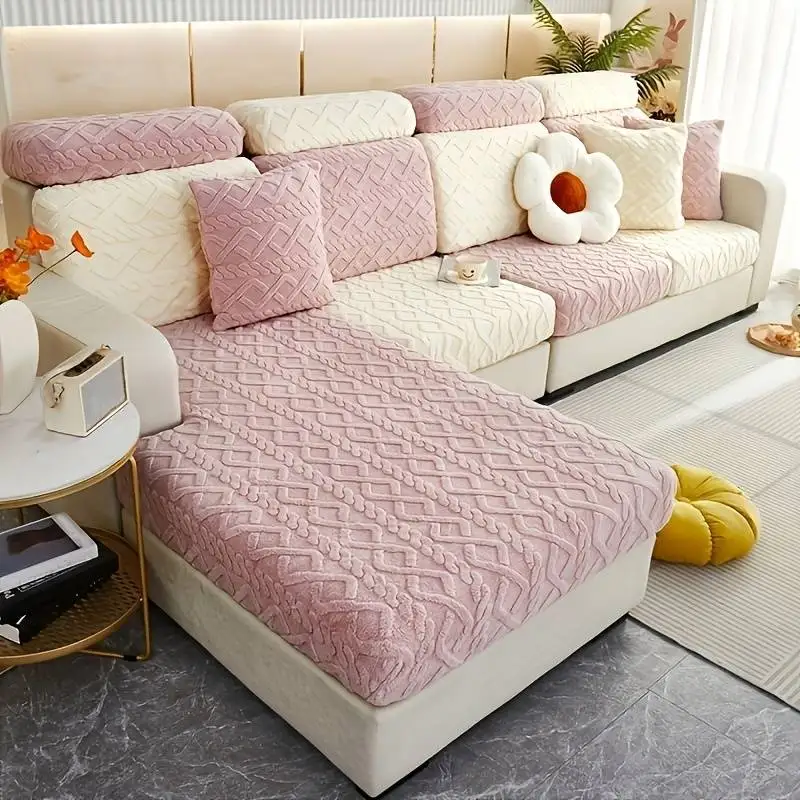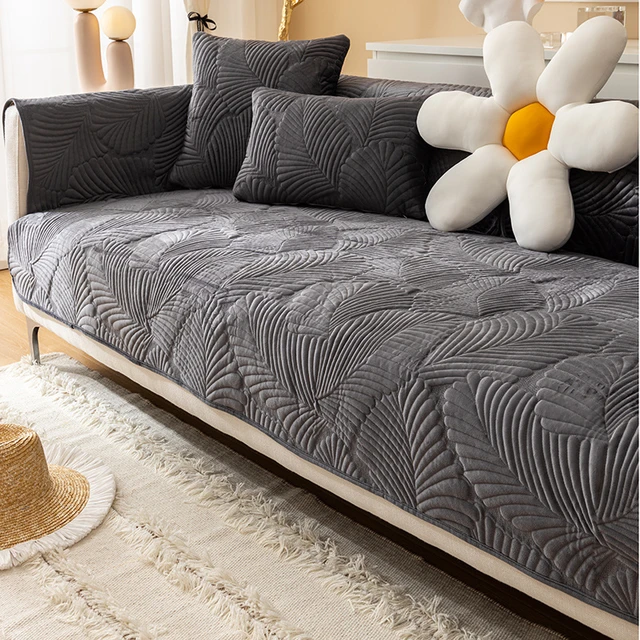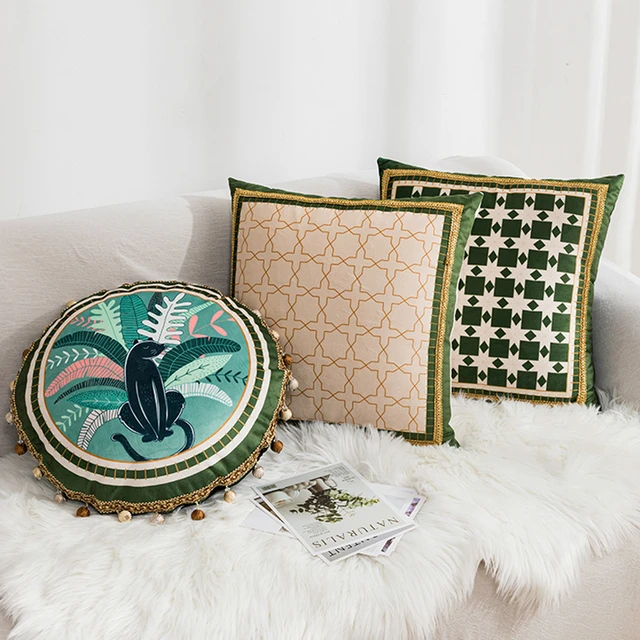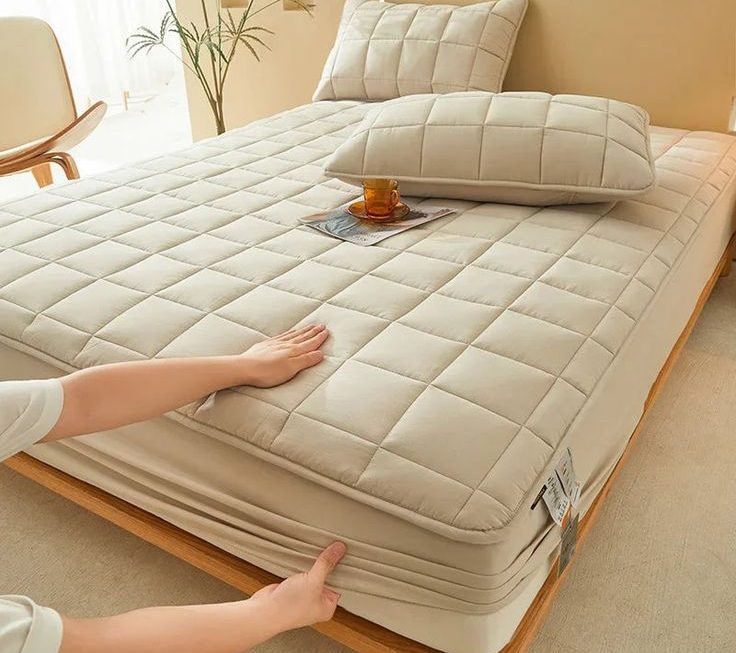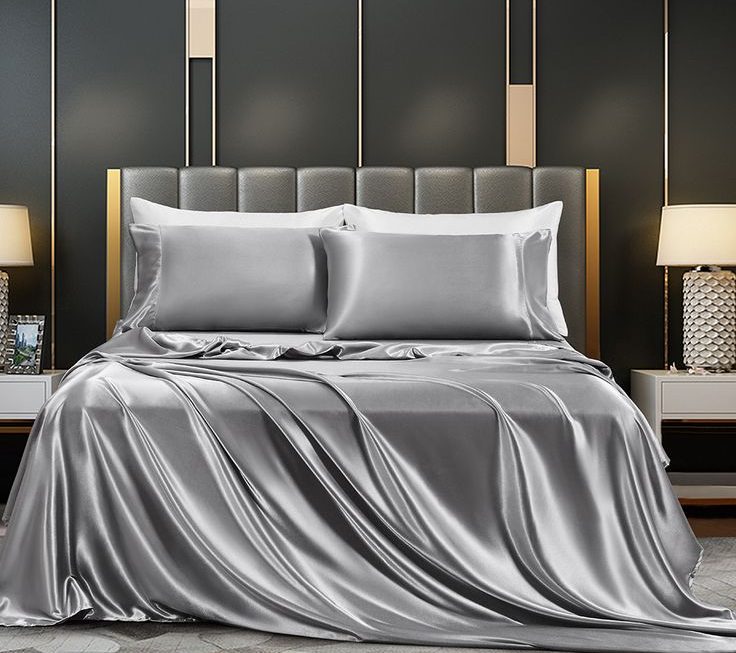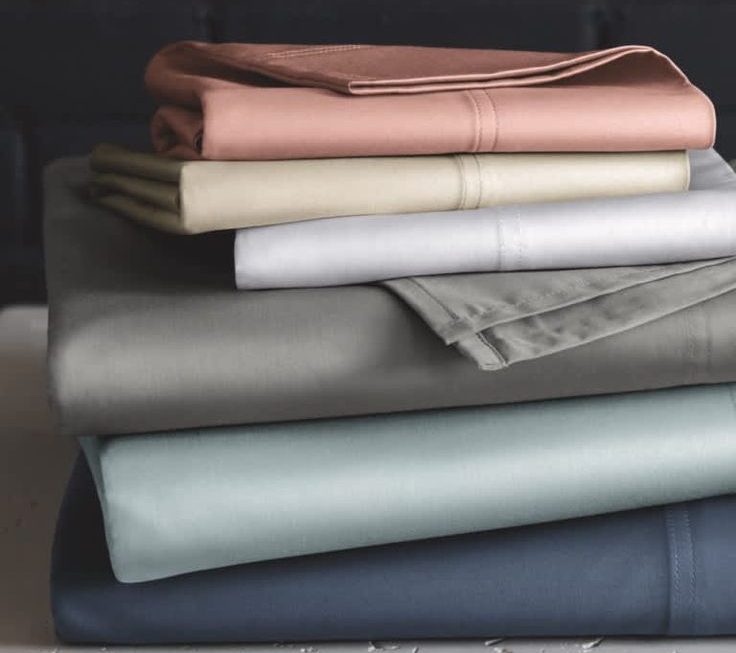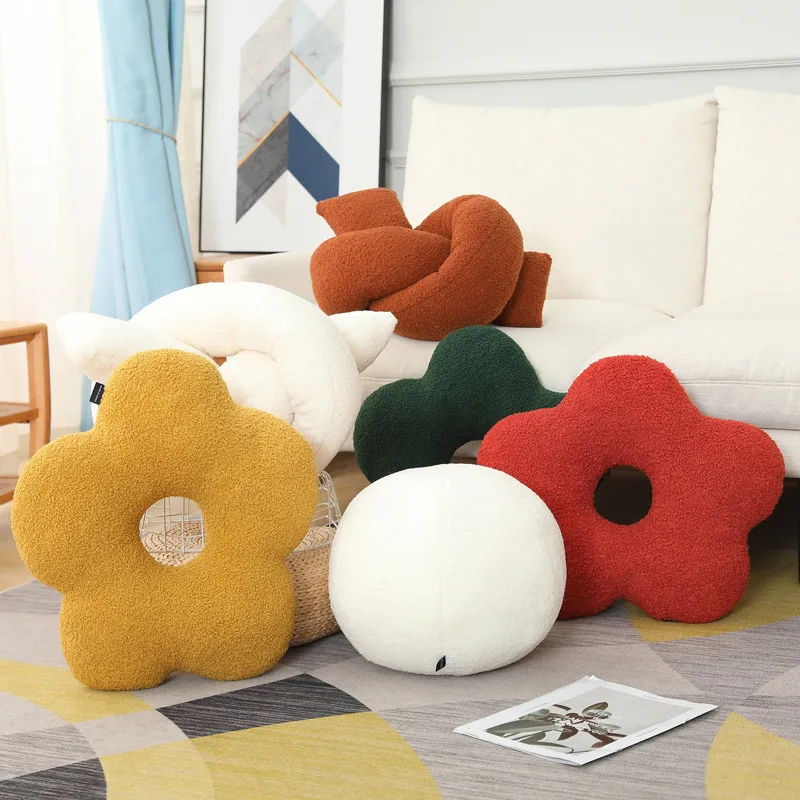 Introduction:
Introduction:
Over time, sofa cushions can become worn, lumpy, or saggy, compromising the comfort and aesthetics of your beloved piece of furniture. Thankfully, replacing sofa cushions is a relatively simple process that can breathe new life into your sofa. In this comprehensive article, we will provide a step-by-step guide on how to replace sofa cushions, ensuring that you can easily restore the comfort and beauty of your sofa without the need for professional assistance.
Materials, types, and popular styles:
Sofa cushions are available in a variety of materials, types, and popular styles. Here is information on the materials, types, and popular styles for sofa cushions:
Materials:
Foam: Foam cushions are commonly used in sofas due to their comfort and durability. They come in various densities and can provide different levels of firmness and support.
Down and Feather: Down and feather cushions offer a luxurious and soft feel. They are often used in high-end and more plush sofas. These cushions require regular fluffing to maintain their shape.
Polyester Fiberfill: Polyester fiberfill cushions are lightweight and offer a softer feel. They are known for their ability to bounce back to their original shape after use.
Memory Foam: Memory foam cushions contour to the shape of the body, providing excellent support and pressure relief. They are known for their ability to bounce back to their original shape after use.
Types:
Loose Cushions: Loose cushions are separate from the sofa frame and can be easily removed and rearranged. They provide flexibility and allow for customization in terms of comfort and style.
Attached Cushions: Attached cushions are fixed to the sofa frame and cannot be removed. They offer a cleaner and more streamlined look, as they stay in place without shifting.
Popular Styles:
T-Cushions: T-shaped cushions wrap around the armrests of the sofa, providing a more contemporary and tailored look.
Box Cushions: Box cushions have straight and square edges, giving a clean and modern appearance. They are commonly used in contemporary and minimalist sofa designs.
Knife-Edge Cushions: Knife-edge cushions have angled corners and a sleek, minimalist look. They are often seen in modern and transitional sofa designs.
Pillow-Back Cushions: Pillow-back cushions have multiple loose pillows as the backrest, creating a plush and comfortable appearance. This style is popular for a relaxed and casual look.
It’s important to note that the availability of materials, types, and styles may vary depending on the brand, manufacturer, and personal preferences. When selecting sofa cushions, consider factors such as comfort, durability, maintenance requirements, and the overall style of the sofa.
Assessing the Condition of Your Cushions:
Check for Wear and Tear: Examine your sofa cushions for signs of wear, such as fraying fabric, flattened padding, or uneven surfaces.
Determine the Cushion Type: Identify the type of cushions your sofa has, whether it’s foam, down, polyester fiberfill, or a combination, as this will help you choose the appropriate replacement option.
Measuring for Replacement Cushions:
Measure the Width and Depth: Using a tape measure, measure the width and depth of the cushion covers to ensure you find replacements that fit perfectly.
Take Note of the Thickness: Measure the thickness of the existing cushions or the thickness of the cushion cover to determine the appropriate thickness for the replacements.
Choosing the Right Cushion Material:
Foam: Foam cushions are commonly used for their durability and support. Consider high-density foam for firm seating or memory foam for a softer, more contouring feel.
Polyester Fiberfill: Polyester fiberfill cushions provide a plush and cozy feel. They are a budget-friendly option and can be fluffed up to restore their shape and fullness.
Down or Feather: Down-filled cushions offer a luxurious and soft seating experience. However, they require regular fluffing and maintenance to retain their shape.
Removing the Old Cushions:
Unzip or Unfasten the Cushion Covers: Locate the zippers or fasteners on the cushion covers and unzip or unfasten them to access the cushions.
Carefully Remove the Cushions: Gently lift and remove the old cushions from the cushion covers, taking note of their orientation for the placement of the replacements.
Inserting the Replacement Cushions:
Align the Replacement Cushions: Ensure the replacement cushions are correctly aligned with the cushion covers, matching the dimensions and orientation.
Insert the Replacement Cushions: Carefully slide the replacement cushions into the cushion covers, ensuring they fit snugly without any excess fabric or gaps.
Adjusting and Fluffing the Cushions:
Distribute the Filling: Adjust and distribute the filling within the cushion covers evenly to achieve a smooth and uniform appearance.
Fluffing Techniques: Depending on the cushion material, use appropriate fluffing techniques such as gently patting, shaking, or kneading to restore their shape and loftiness.
Placing the Cushions Back on the Sofa:
Zip or Fasten the Cushion Covers: Once the replacement cushions are properly inserted and fluffed, zip or fasten the cushion covers securely.
Arrange the Cushions: Place the cushions back onto the sofa, ensuring they are evenly positioned and aligned for a neat and cohesive look.
Maintenance and Care:
Proper maintenance and care of sofa cushions can help prolong their lifespan and keep them looking fresh and comfortable. Here are some tips for maintaining and caring for sofa cushions:
Regular Fluffing:
Whether you have down and feather cushions or polyester fiberfill cushions, regular fluffing helps maintain their shape and resilience. Give the cushions a good shake and fluff them up at least once a week to redistribute the filling evenly.
Rotating and Flipping:
To prevent uneven wear and tear, rotate the cushions periodically. If the cushions are reversible, flip them over to ensure even usage. This will help extend their lifespan and keep them looking plump.
Avoid Direct Sunlight:
Prolonged exposure to direct sunlight can cause fading and damage to the fabric of the cushions. Place your sofa away from direct sunlight or use curtains, blinds, or window films to protect the cushions from excessive sun exposure.
Address Spills and Stains Promptly:
Accidents happen, so it’s important to address spills and stains on the cushions promptly. Blot the affected area gently with a clean cloth or sponge to absorb the liquid. Avoid rubbing the stain vigorously, as it may push the stain deeper into the fabric. Use a mild detergent suitable for the fabric type and follow the manufacturer’s instructions for spot cleaning.
Vacuum Regularly:
Regular vacuuming helps remove dust, crumbs, and debris that may accumulate on the cushions. Use a vacuum cleaner with a soft brush attachment to gently remove dirt from the surface of the cushions.
Professional Cleaning:
Consider professional upholstery cleaning for a deep clean and to remove any stubborn stains or odors. Professional cleaners have the expertise and specialized equipment to clean the cushions effectively without causing damage.
Avoid Sitting on the Arms or Edges:
To prevent undue strain or deformation, avoid sitting on the arms or edges of the sofa cushions. This can help maintain their shape and prevent sagging or flattening over time.
Follow Manufacturer’s Care Instructions:
Always refer to the manufacturer’s care instructions for specific maintenance guidelines tailored to your sofa cushions. Different cushion materials and fabrics may require different care methods, so it’s important to follow the instructions provided.
By following these maintenance tips, you can keep your sofa cushions in good condition, ensuring they remain comfortable and visually appealing for years to come.
Conclusion:
Replacing sofa cushions is a straightforward process that can drastically improve the comfort and appearance of your sofa. By following this step-by-step guide and considering factors such as cushion condition, measurements, cushion material, and proper maintenance, you can successfully replace sofa cushions and restore the beauty and comfort of your beloved piece of furniture. Enjoy the renewed comfort and rejuvenated look of your sofa, knowing that you accomplished the task with ease and without the need for professional assistance.
